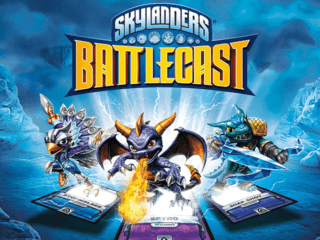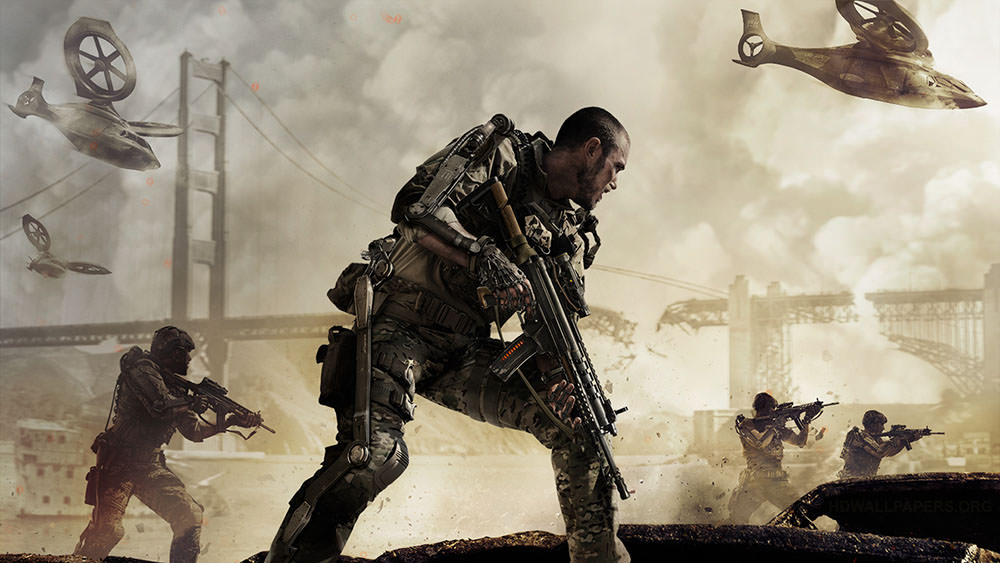Independent mobile developer Seismic Games focuses on the worlds of original and licensed IPs like Clan Wars for Call of Duty and Skylander Battlecast, among others.
In December, the six-year old, Los Angeles-based studio expanded their creative, technical and development talent by acquiring Grue Games.
They now have over 75 employees from triple-A production and tech startup backgrounds working toward launching their own IP, location-based attractions, expanding into augmented-and-virtual reality games and titles based on major movie universes.
John Linden, president of Seismic Games, sat down with AListDaily to dish details on how his company plans on making an impact in the industry.

What are the games you are working on now?
We’re really excited to get the five projects in development out pretty soon. We have a big game we’ll be announcing soon. It’s a big sci-fi universe—a big brand game that we’re working on right now. That’s exciting. And that’s the other side of Seismic. Most of our products right now are tied to big brands. That’s been our background. We have Clan Wars for Call of Duty and Skylanders Battlecast on one side, then we have Star Wars Battlefronts, Mercenaries and Lord of the Rings on the other. We’ve really focused a lot around having big brands titles and bringing the right game for that brand to the right platform.
One thing that we found is that the days of pre-announcing a game seems to be not as important now, partly because there’s so much noise out there. We did that with Skylanders Battlecast, which we had announced nine months before it came out. And literally by the time that it comes out people are kind of like, “wait a second . . . didn’t that already come out?” For us we like announcing it officially 30-to-45 days before the game comes out.
Do you consider Seismic Games a mobile-first company?
We really play in three areas—mobile, VR/AR and location-based entertainment products. But mobile is our foundation, and we are mobile-first for sure. It’s the division of our company that pays all of our bills and allows us to play in other spaces, too. I think companies that [pigeon-hole] themselves are in for very risky business. We’ve taken what we know, built out some great products on the mobile side and then allowed ourselves to kind of play and figure out what’s working, and what’s not working.
What is the key to new game discovery in such a crowded market? How are you guys separating yourselves from the pack?
That’s one of the reasons we work with big brands. They already have built-in marketing resources. There are so many games that are tied to these now, but it’s great. We’re kind of taking the ones that have movie releases coming out, and ones with big consumer recognition already. That helps us. It’s one of the reasons we like doing that. We’re playing around with original IPs, and those are a whole different world. You have to be very creative on how to get the game out. But that’s one of the areas why we create that foundation with big brands. You can publish a game and at least your first couple million users just buy into it based on brand recognition alone. Frankly, it’s easier to market.
How is partnering with potential cross promotional and movie tie-ins a strategy you’re really planting at Seismic? What are the opportunities out there for you?
It’s one that we’ve done very well. I think because of our backgrounds, too, we’re getting deals coming to us. That’s kind of our foundational work, I’d say. We’ll continue to do that. It’s just something we love to do. We love playing in these beautiful universes, too. But we’ll kind of offset that in the future with a couple of original ideas as well.

Do do you believe subscription services for mobile games is a viable strategy?
We tried it with Skylanders Battlecast, which was our last game we did at Activision. It was actually one of our higher in-app purchases. It started with a lot of the JRPG games where you pay $5.99 a month and you get something every day. It’s not necessarily a true subscription, but it’s a prepaid for a period of time. So now you’re starting to see $5.99 models for 30 days, $9.99 for three months, $24.99 for an entire year. I like that model because you’re not tying a person to recurring billing. That’s not a great experience for consumers. We don’t want our consumers to be frustrated with the billing mechanics. But I love the concept of, “hey, you’re playing a lot, pay us a little bit of money and we’ll give you something every single day for 30 days.” So it’s kind of a meta subscription. Then if they want it, they can easily buy it again at the end. You do little things like general reminders saying, “hey it expires in three days.” Stuff like that. It’s subscription-light, but it’s not a true auto-billing type thing for mobile. That’s what we like to play.
How does that lead into the long-term engagement? How are you building that journey so that players can follow along?
It’s mostly through content. I think you have to be dedicated to releasing content often for core games. DLC and the like is important. We try and break up every game so that there are big content refreshes every two or three months. It really depends on the game. With weekly events, we give special items, or it’s just a way to play as a team. That’s the way we look at engagement. That’s a lot of work but that’s the driver of keeping people coming back often.
With Apple announcing AR support in June, is that going to have any impact on the direction of how you’re going to be developing games?
There’s going to be some amazing innovation in AR, but I still think it’s a little early to build entire long experiences and games that you have to hold your iPad and try to balance it. I think there’s still that factor that’s not addressed quite yet, but I think it’s going to get better and better over time. Skylanders Battlecast was an AR game. Here’s the interesting thing—we started off that game at Activision as a full AR game. You put physical cards on a table, you hold your iPad over it and you can battle them playing in AR. The problem we had, honestly, was that it’s a tough experience still. It’s hard to hold your phone or iPad stable and play an entire game. What we found is that we used AR intermittently. We used AR for transactions, like “make this character jump out of the card.” He becomes a digital part of the game. We found that worked beautifully, so we kind of called it a “real world exchange” for digital games. Having a real-world item that you could scan or use AR around to unlock something worked really well for us.
What are your thoughts on current VR and AR market? Is it a bigger or smaller deal this year? How can the games industry overcome the potential lull in VR?
That’s a great question. If you’re looking to get rich in VR as a developer, that’s not going to happen quite yet. Developers are spending time in VR now learning different mechanics. How you move in a game is different. How you pull people back in repeatedly is different. Getting through that now, as the market continues to grow, is really important for early developers to get into. From a technical perspective, Google earlier announced two new non-tethered headsets. We’ve had a great opportunity to play with those. One of our projects is for that—those are amazing experiences. Those kinds of devices will change the landscape of VR in a massive way. It’s what VR should be, when you’re not tethered to a massive PC or using your phone. It’s just this all-in-one experience. I think that’s truly going to change the perspective.
Do you think that will alleviate some marketing challenges in the industry as well?
We’ll see what happens with it. I think there’s going to be a continued push. I honestly think the movie Ready Player One will do a lot for VR, too, because the entire thing is VR. It’s a world you live in. VR is becoming more and more mainstream, the devices are becoming more available, sales continue to climb, so the pools are going to be there to continue keeping it as a main piece. I definitely believe VR is still the future. We’re just trying to figure out that timing of when are we’re actually going to make some good money from it.

